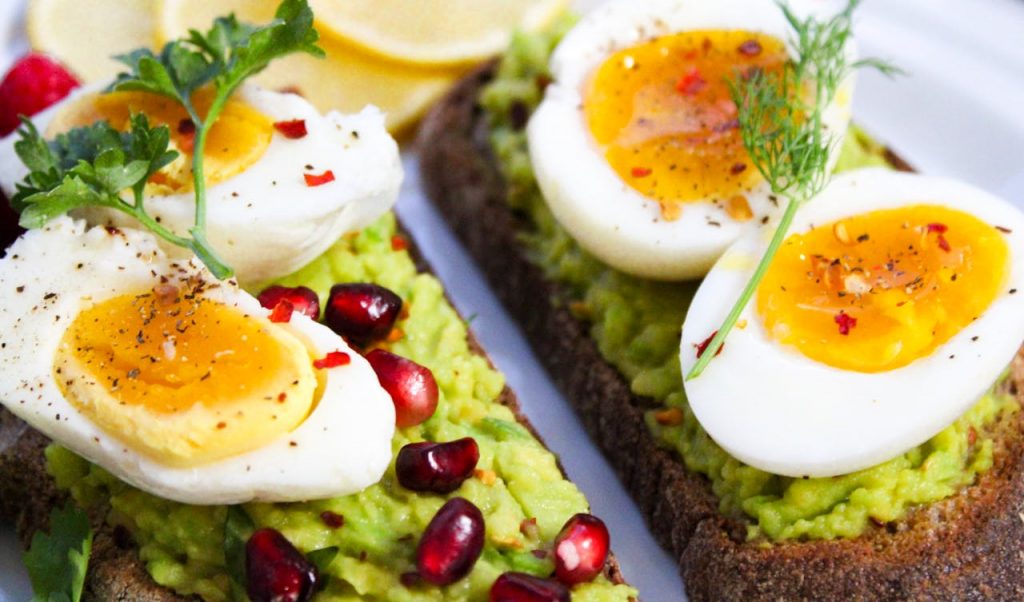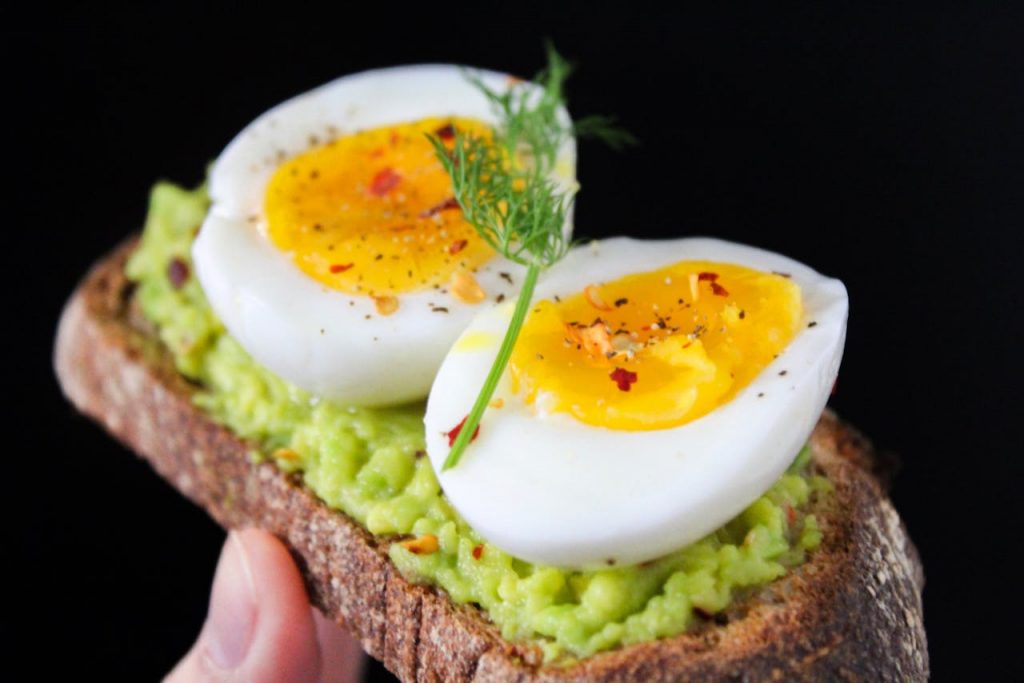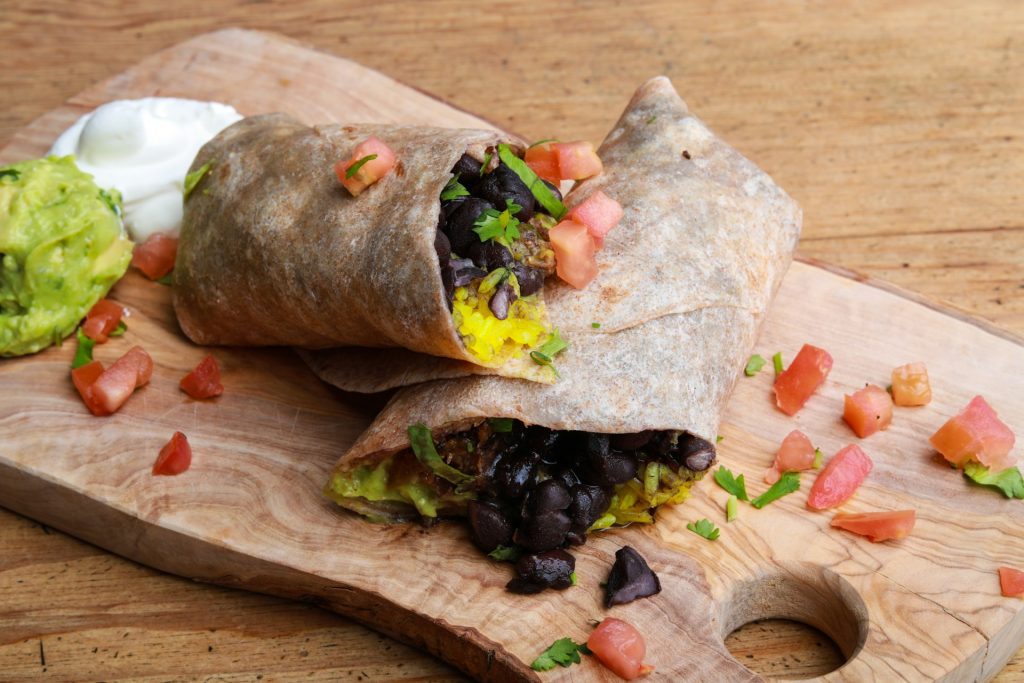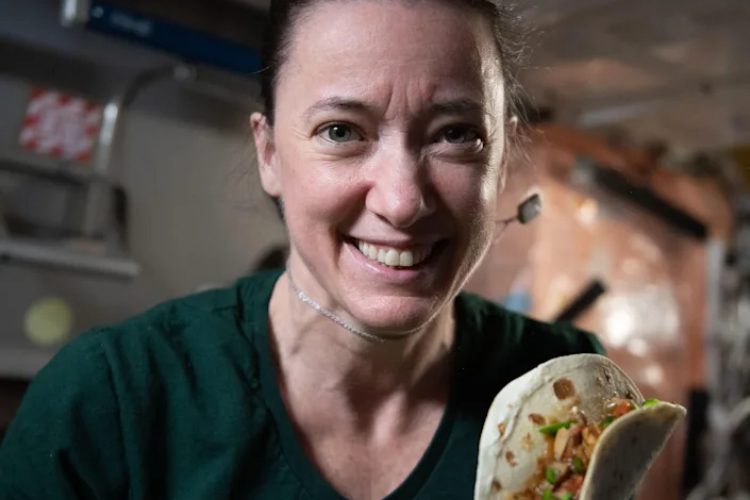
NASA
Well, this just sounds like the greatest taco party of all time. While the rest of us chowed down on Thanksgiving leftovers and did Black Friday shopping, astronauts on the International Space Station did something a little different. They had a special taco night to celebrate the second successful space chile pepper harvest. That's right - they harvest chile peppers in space! Read on to find out more...
Astronauts Cheer With Taco Night
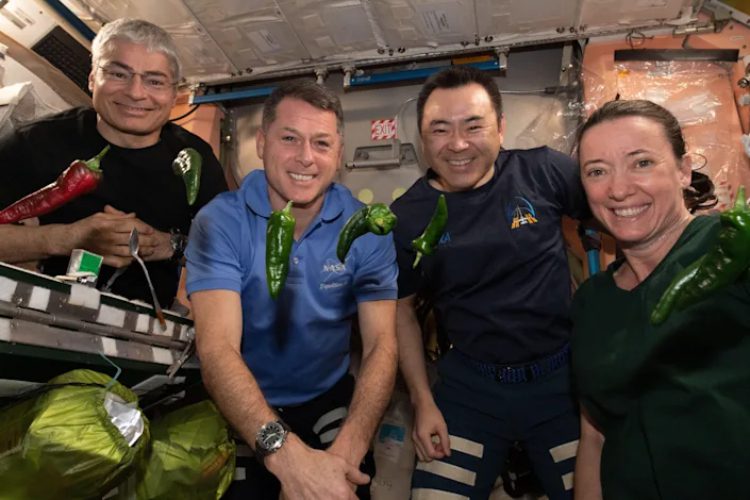
NASA
Ever wonder what the astronauts aboard the International Space Station (ISS) do? Well, for one, they grow chile peppers! In fact, the experiment, known as Plant Habitat-04, is one of the most complex plant experiments ever conducted on the ISS! The reason? Well, chile peppers take much longer to grow than the previous ISS plant experiments, which included lettuces, zinnias, and even radishes!
Finally, after growing the peppers for four months, NASA astronaut Mark Vande Hei harvested the crop! Afterward, the crew sanitized them before they settled into tasting the green and red peppers. They also took a survey about flavor, texture, and heat of the peppers, to better understand how they grow in space. Among those who sampled some of the 26 peppers they grew included NASA astronauts Raja Chari, Megan McArthur, Dr. Thomas Marshburn, Kayla Barron and European Space Agency astronaut Matthias Maurer.
But they did not just do a chile pepper taste test! NASA astronaut Megan McArthur also used the chiles to her create her "best space tacos yet: fajita beef, rehydrated tomatoes & artichokes, and HATCH CHILE!," according to Twitter.
The Benefits Of Crops In Space

NASA
Of course, most of the peppers will head back to Earth for detailed analysis. Meanwhile, the space station will continue to grow chile peppers for the next batch of crops. In space, fresh produce means much more than just simple excitement for the astronauts, who become accustomed to MRE-style meals. The experiment also impacts the ability for long space missions. After all, humans need fresh food to survive for years! So, if we want to head to Mars, we'll need to know how to grow fruits and vegetables in space!
"PH-04 pushed the state-of-the-art in space crop production significantly," explained Matt Romeyn, the principal investigator for Plant Habitat-04 from NASA's Kennedy Space Center in Florida. "With this experiment, we took a field cultivar (plant variety) of a Hatch chile pepper from New Mexico, dwarfed it to fit inside the plant habitat, and figured out how to productively grow the first generally recognized fruiting crop in space -- all in a span of a couple years."
Sources: CNN, Yahoo! News

